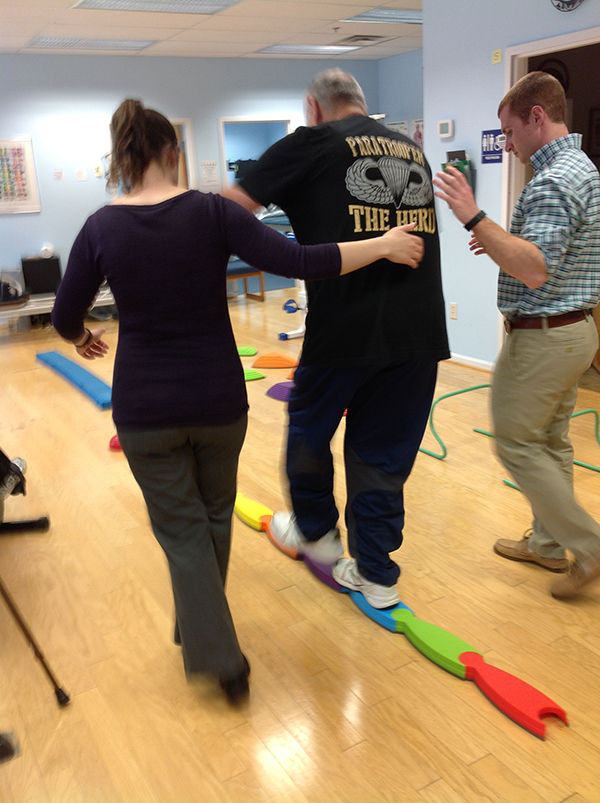At the WWS Physical Therapy and Vestibular Rehabilitation clinic, Doylestown, PA., we treat many patients with a type of #vertigo, called Benign Positional Paroxysmal Vertigo, or #BPPV. BPPV is a peripheral #vestibular disorder involving the inner ear that causes spells of dizziness typically lasting less than one minute when the head is in certain head positions. And Vertigo is defined as an illusion of movement or a sense of spinning. In BPPV, vertigo is brief, lasting only a few seconds.
So, you ask – What does BPPV have to do with the Dentist’s chair? One wouldn’t think that #BPPV has anything to do with going to the dentist, but patients often have #BPPV attacks when laid back in the dentist’s chair. It’s not the dentist or hygienist that causes the attack, but it is the position that the patient is put in. Sitting or lying back in the dentist’s chair can trigger #vertigo by allowing the “crystals” in the inner ear to shift.

The mechanism causing Vertigo involves these displaced #crystals, called #otoconia, which, with treatment, we effectively return to the right chamber of the inner ear. Treatment consists in performing an #Epley maneuver by a Certified Vestibular Physical Therapist for Inner Ear disorders and Balance disorders — we lay the patient on their back while tilting their head back and maneuvering their head and body to shift the otoconia to the correct position. See the video below:
Physical Therapy for BPPV Vertigo
After treatment, we educate the patients about what to do and what not to do. The dentist chair and the hairdresser’s shampoo bowl are two activities we stress to avoid for the next 24 hours. The angle of these activities can allow the #otoconia (crystals) to dislodge again.
Wendy Webb Schoenewald, PT, OCS,
WWS Physical Therapy and Vestibular Rehabilitation,
Doylestown, PA.








